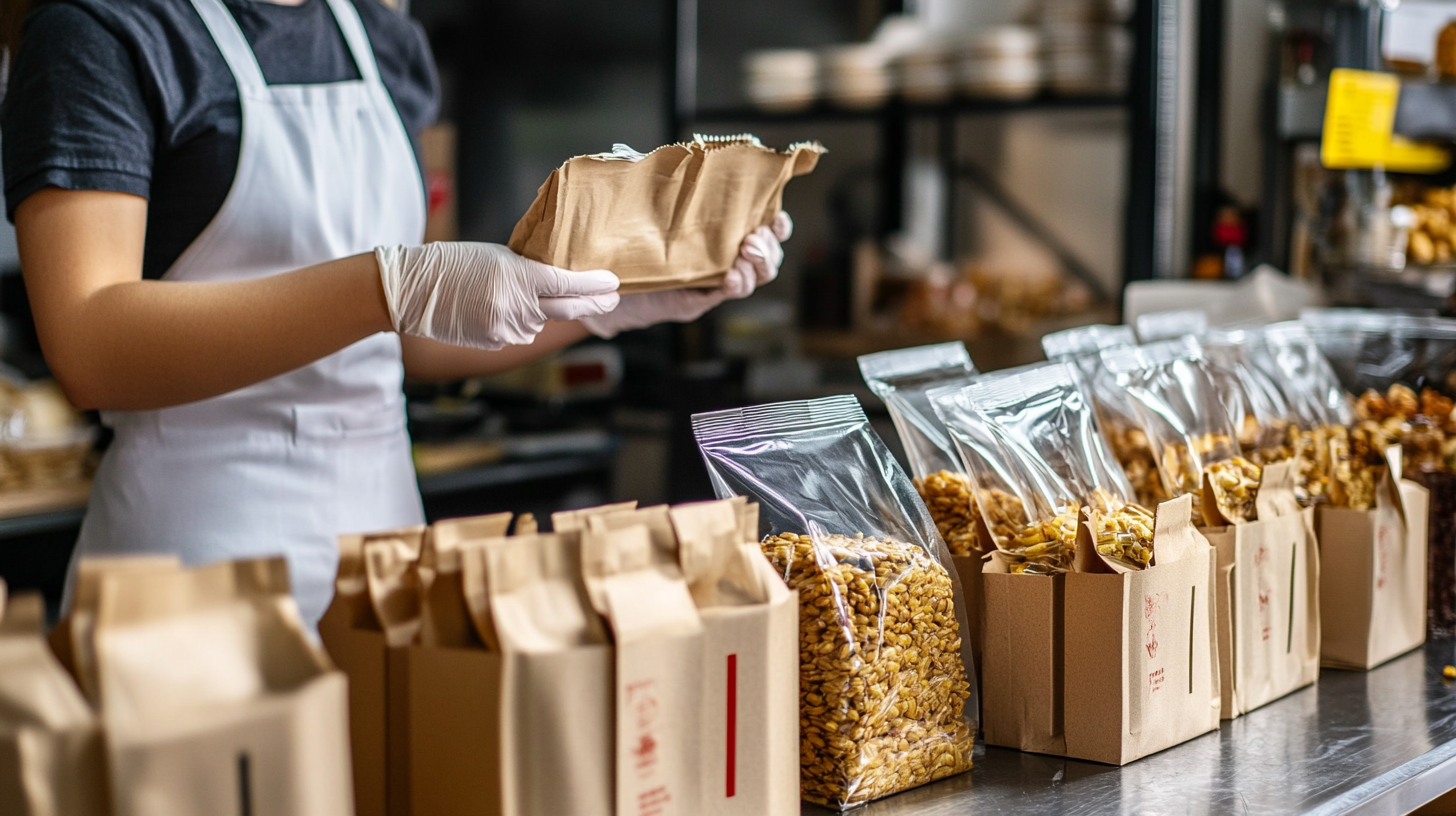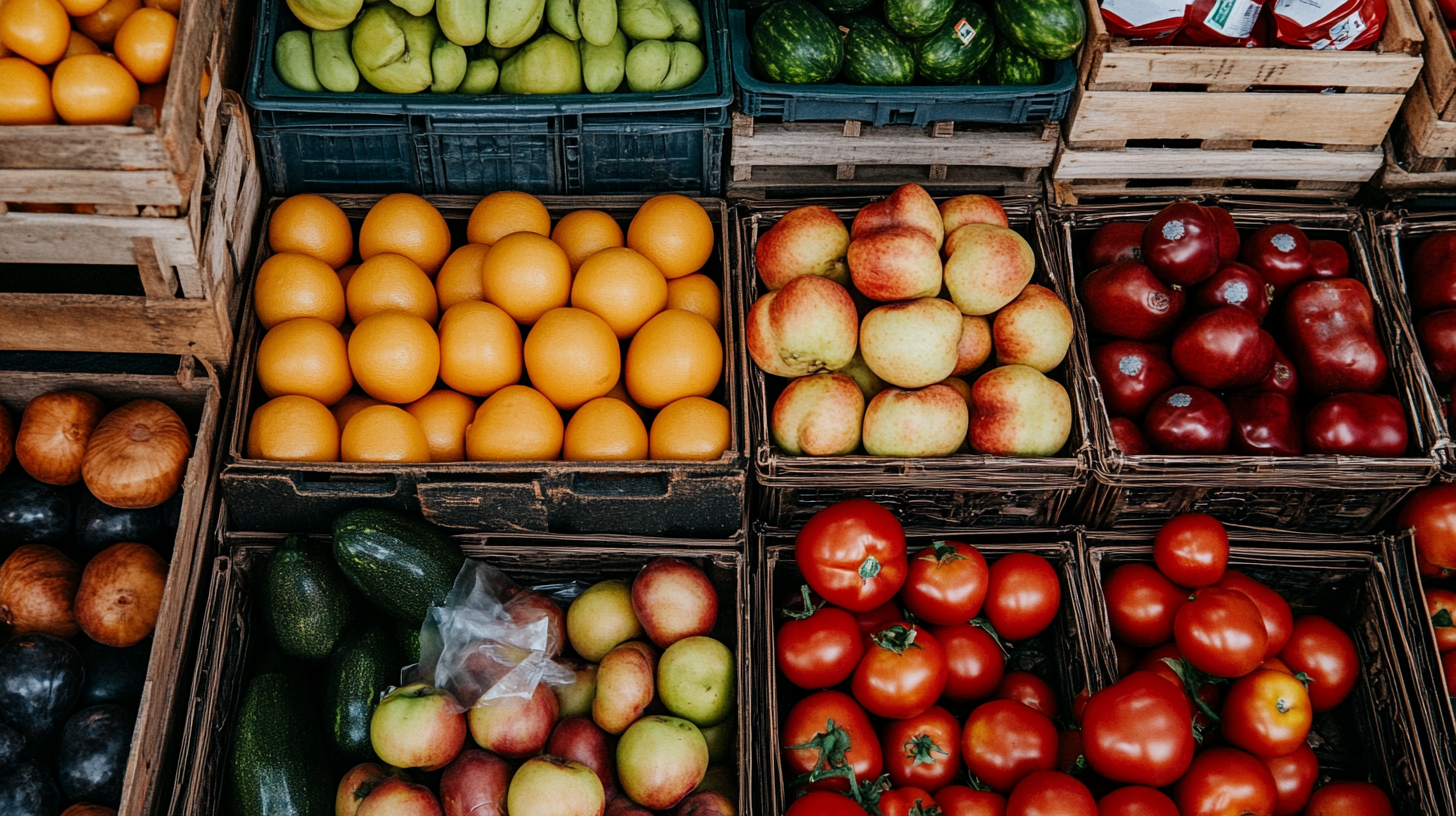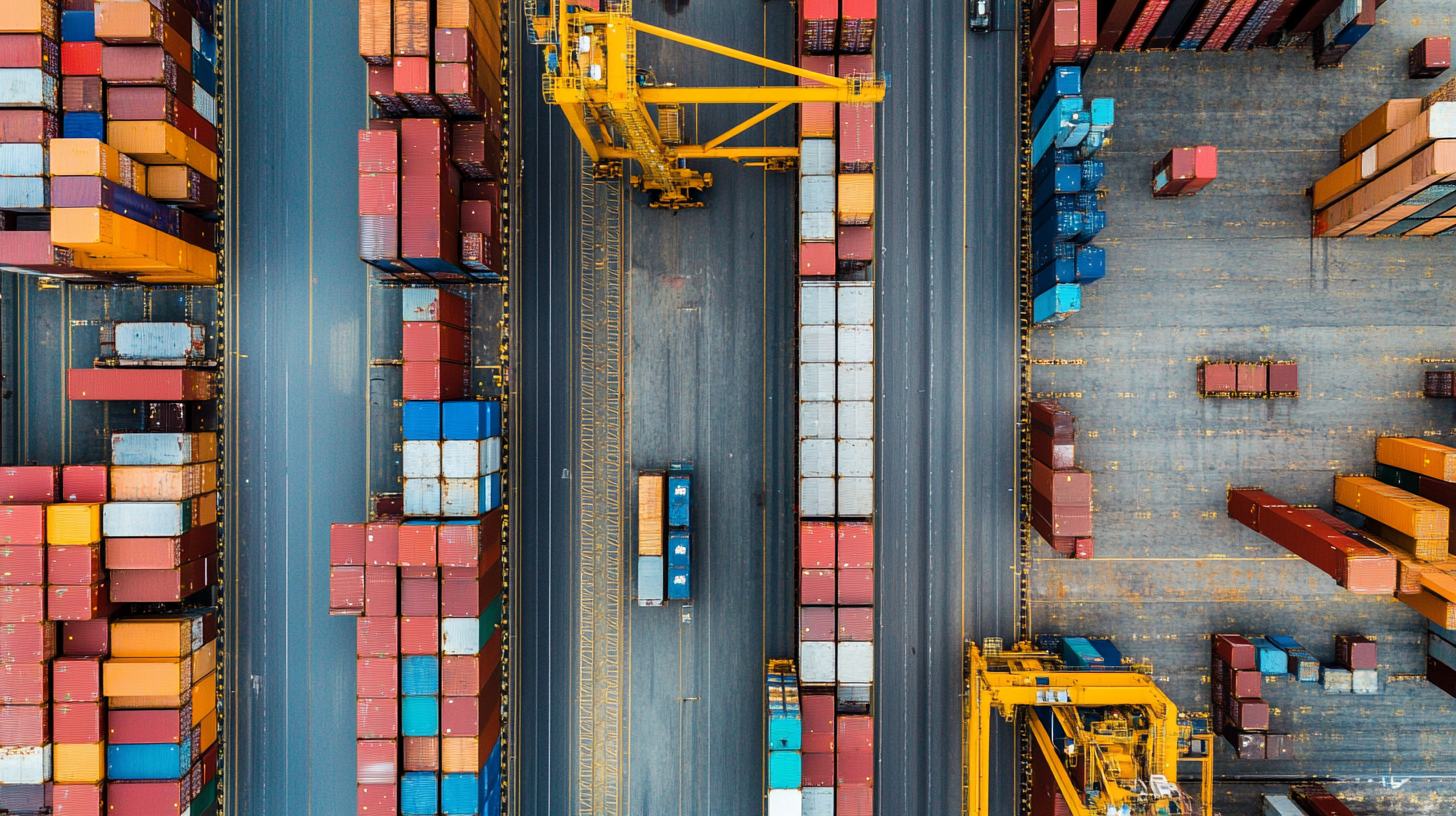A-B-C Blog
Navigating Global Standards for Food Packaging Machines: A Comprehensive Guide to Export Certification
In an increasingly interconnected world, the importance of adhering to global standards for food packaging machines cannot be overstated. As businesses aim to expand their horizons and tap into international markets, understanding the complexities of export certification becomes crucial. Food packaging machines play a pivotal role in ensuring that products remain safe, fresh, and compliant with various regulatory requirements, making it essential for manufacturers and exporters to navigate the myriad of standards that apply across different countries.
This comprehensive guide aims to demystify the process of export certification for food packaging machines, providing valuable insights into key regulations, certification bodies, and practical steps to achieve compliance. With a focus on enabling businesses to streamline their operations and enhance their competitive edge, this blog will explore the critical factors that determine successful export certification, ensuring that your food packaging machines meet the necessary standards while satisfying the demands of global consumers.

Understanding the Importance of Export Certification in Food Packaging Machinery
Export certification is a crucial aspect in the global food packaging machinery market. As manufacturers aim to expand their reach internationally, understanding the requirements of various countries becomes essential. Export certification not only ensures compliance with local regulations but also builds trust with customers. By meeting these standards, businesses can demonstrate their commitment to quality and safety, which are paramount in the food industry. The importance of export certification extends beyond compliance; it acts as a gateway for market entry. Different regions may have specific requirements concerning hygienic standards, materials used, and technical specifications. Familiarity with these regulations can streamline the certification process and facilitate a smoother entry into foreign markets. Moreover, having proper certifications can enhance a company’s competitive edge, as clients often prioritize suppliers who adhere to recognized standards. Furthermore, export certification can significantly impact a company's reputation and customer relations. In an age where consumers are increasingly aware of food safety issues, being able to showcase certifications that vouch for the quality and safety of packaging machinery can be a decisive factor for many buyers. Ultimately, understanding and prioritizing export certification is not just about legal compliance; it’s about fostering confidence and securing a foothold in the global marketplace.

Key Global Standards and Regulations Impacting Food Packaging Equipment
When navigating the complex landscape of food packaging equipment, understanding global standards and regulations is vital for ensuring compliance and enhancing market access. Recent developments highlight the importance of adhering to strict safety protocols, as the National Market Supervision Administration of China has sought public input on the new guidelines for liquor production permits. These regulations emphasize the need for robust quality control in alcoholic beverages, reflecting a broader shift towards transparency and accountability in food safety.
The integration of technologies such as QR codes for food traceability also underscores the necessity for food packaging machines to meet updated safety standards. During the International Food Safety and Innovative Technology Exhibition, live demonstrations showcased how QR code systems can track the origin of food products in real time, enhancing consumer trust. This trend aligns with the new national standards aimed at eliminating misleading "zero additives" claims, which further emphasizes the critical role of compliant packaging machinery in safeguarding public health.
As the food packaging equipment market grows, projected to exceed $22.1 billion by 2024, manufacturers must prioritize compliance with evolving regulations. The introduction of stringent standards, such as those impacting food-contact materials, means that packaging machines not only need to fulfill functional requirements but also represent a commitment to safety and sustainability. This evolving regulatory framework presents both challenges and opportunities for industry players aiming for international export.

The Role of Compliance in Ensuring Food Safety and Quality during Export
In the realm of food export, compliance with global standards plays a crucial role in ensuring the safety and quality of food products. The recent concerns over Samyang Foods' Turkey Noodle products, which faced allegations of exceeding acceptable peroxide levels, underscore the critical importance of adhering to safety regulations. The incident highlights how lapses in compliance can lead to severe health implications for consumers, emphasizing the need for rigorous export certification processes. Samyang Foods responded to these concerns by affirming that all their marketed products comply with relevant safety standards, illustrating the dynamic interplay between consumer trust and regulatory adherence.
Moreover, the thriving export market for seafood from Taizhou, China, which reached an impressive 310 million yuan in the first quarter of this year—an increase of 29.1% year-on-year—reflects the growing demand for compliance-driven products in international markets. As countries implement stricter import regulations, businesses must ensure that their products not only meet local safety standards but also the requirements of the destination countries. This is especially significant in regions where consumers are becoming increasingly health-conscious and wary of potential food safety issues.
A 2023 market report estimates that the global temperature-controlled logistics market will expand significantly, reaching a valuation of $8.59 billion by 2024, with a projected CAGR of over 5.8% through to 2034. This growth is driven by rising demand for fresh and perishable goods, tailored compliance solutions in food packaging, and robust monitoring systems for food safety. Companies that proactively invest in compliant food packaging machines and export certification can position themselves strategically within this booming market, ensuring not only their competitiveness but also the safety and quality of their products as they navigate the intricate landscape of global food exports.

Best Practices for Achieving Certification for Food Packaging Machines
Achieving export certification for food packaging machines is critical for manufacturers aiming to penetrate international markets. According to a report from MarketsandMarkets, the global food packaging machinery market is projected to reach USD 50 billion by 2025, growing at a CAGR of 5.1%. This growth highlights the increasing importance of compliance with global standards, as certification can significantly enhance marketability and foster consumer trust.
To navigate the complex certification landscape, manufacturers must first familiarize themselves with the specific regulations set by target markets. The European Union's EN 13432 standard and the U.S. FDA’s packaging regulations are pivotal examples. Companies should conduct thorough gap analyses to identify areas of non-compliance. Furthermore, engaging with accredited certification bodies early in the process is advisable, as they can provide valuable insights and help streamline the path to certification.
Best practices also include incorporating quality management systems, such as ISO 9001, which focuses on ensuring consistent quality and meeting customer requirements. Reports indicate that organizations that adopt ISO standards see an average of 30% improvement in operational efficiencies. Additionally, testing materials and processes rigorously can preemptively address potential compliance issues, demonstrating a commitment to safety and quality that reassures both regulators and consumers alike. By adhering to these best practices, manufacturers can mitigate risks and enhance their credibility on the global stage.
Market Trends: The Growing Demand for Certified Packaging Solutions Worldwide
The global packaging landscape is witnessing unprecedented growth, particularly in sectors demanding certified solutions. The plastic packaging market, valued at approximately $431.28 billion in 2023, is projected to surge to $733.60 billion by 2032, highlighting a robust consumer inclination towards reliable packaging options. This upward trajectory emphasizes the importance of compliance with global standards, as businesses strive to meet both regulatory and consumer expectations.
Eco-friendly packaging is also gaining significant traction, with forecasts indicating the market will expand from $199.99 billion in 2024 to reach an impressive $392.37 billion by 2034. This shift towards sustainable solutions is driven by increasing environmental awareness among consumers and stricter regulations governing packaging materials. Companies are re-evaluating their packaging strategies to incorporate eco-friendly options, therefore emphasizing the necessity for certification that assures environmental compliance.
Moreover, the cosmetics tube market is set to achieve remarkable growth, estimated to surpass $4.28 billion by 2033. This surge is fueled by a growing demand for cosmetic products and the delicacy associated with their packaging. As brands aim to enhance their product appeal while adhering to safety and quality standards, obtaining the right export certification becomes imperative for competitiveness in the global market.
In this evolving landscape, businesses that align their practices with global standards and obtain necessary certifications will not only meet market demands but also build brand loyalty and trust with environmentally-conscious consumers.







